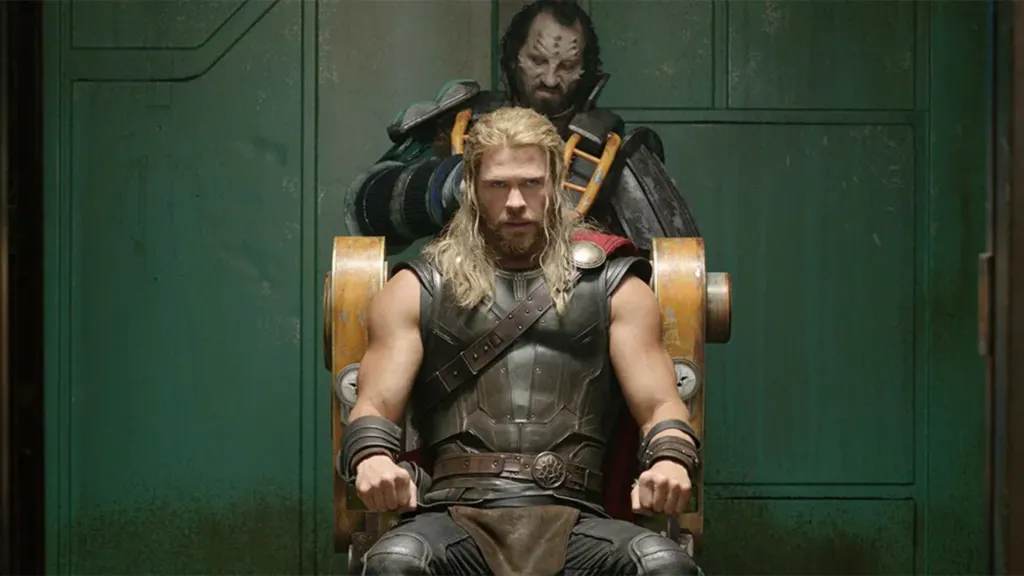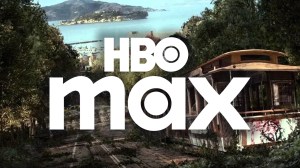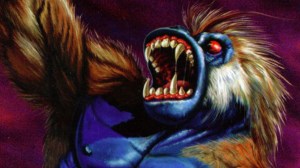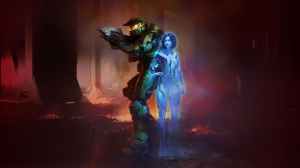When it opened on November 3, 2017, Taika Waititi’s Thor: Ragnarok, which amounted to a tonal reboot of the franchise, opened to the best reviews of the three films. It also opened to $127.7 million, which nearly doubled the first film’s debut and was even over $40 million higher than Thor: The Dark World‘s three-day opening, which was undoubtedly benefitted by a bit of a post-The Avengers bump. The icing on the cake? It had some legs at the box office, finding itself to be one of the more universally liked Marvel Cinematic Universe movies released up to that point.
Videos by ComicBook.com
And, to this day, it’s a movie that absolutely still works. However, the benefit of hindsight also reveals it to have established a formula that was very easy to push over the edge into the realm of irritation.
Tone Is a Balancing Act

First and foremost, Thor: Ragnarok is a comedy. And, like the best comedies, it doesn’t just focus on being funny. Planes, Trains and Automobiles is funny, but it does have a devastating revelation about John Candy’s Del followed by an act of warmth from Steve Martin’s usually cold Neal. Even The Hangover had moments where it certainly seemed as though Justin Bartha’s Doug wasn’t just missing, but quite likely dead. In Wedding Crashers we come to learn that Vince Vaughn’s Jeremy and Owen Wilson’s John are actually pretty lonely people with great difficulty establishing anything other than a paper-thing connection with the opposite sex.
In Thor: Ragnarok, we open on the title character chained up by the fire demon Surtur. He’s in a Hellish locale which seems intimidating, but it’s balanced out by a gag of Thor’s dangling chain spinning him round and round, intermittently taking his eyes off of Surtur, which deflates the impact of the massive demon’s grave speech. It’s a balance that works. Neither half of the comedy movie-superhero movie coin outweighs the other. For that matter, neither half of the coin feels too heavy in general.
Here’s how Thor: Love and Thunder starts: Christian Bale’s Gorr has his daughter die of thirst in front of him. He then goes to his god, Rapu, who is in a lavish jungle eating fruit. Rapu takes no pity on Gorr, instead laughing about his daughter’s death to his face, then strangles him, then is killed by Gorr with a magical sword that floats itself his way.
Already, the film is a little too grim given its bright coloring and production design. But then we get into the whole sides of the coin issue. The downbeat nature kind of continues once we get to Thor, as Waititi’s narration informs us that he’s still a bit bummed out Avengers: Endgame, having decapitated Thanos and going through his whole heavyset phase. We then see him take on a bunch of intentionally funny-looking furry little screeching aliens alongside the Guardians of the Galaxy, complete with a barrage of sight gags.
The ultimate result is a destroyed sacred monument belonging to the alien race he’s trying to help (not the furry ones, but rather a different, bluer alien species). Right from the jump it’s obvious this movie is really, really trying to be funny, and it simply never works outside of one little moment with Peter Quill. And, again, he’s with the Guardians towards the beginning of the movie, which means the best joke is planted in the first act. In other words, it’s downhill from here.
How Does Thor: Love and Thunder Squander Thor: Ragnarok‘s Tonal Balancing Act?

There are two great examples of how Love and Thunder‘s sense of humor is Ragnarok‘s turned up to an insufferable 11. Ragnarok knew how to tell a joke once, then move on. For instance, Thor’s enthusiasm at seeing how he’s about to fight Hulk is entertaining, then we move to a joke about how Loki has just about swallowed his tongue seeing the big green guy for the first time since the events of The Avengers. That’s two different jokes, even if they’re focused on the same core subject.
What isn’t two different jokes is having a space goat loudly and shrilly bleat about 60 times. When we first meet the duo of space sheep in the first act (they’re Thor’s “gift” for having saved the friendly aliens, aka destroying their tower), they’re a humorous enough one-off joke. Then they stick around for the rest of the movie.
The other example is Russell Crowe’s Zeus. To be fair to Crowe, he understood the assignment. It’s just that what he was assigned was the task of being obnoxious, drunk, and selfish. Even with an over-the-top accent and playfulness, it’s not possible to like a character such as that.
Those two examples are how Love and Thunder fails by slightly departing from Ragnarok. But perhaps the best example of how it’s a huge step down, and how Ragnarok was an inadvertent prognosticator of such a drop, is how Love and Thunder tries to repeat Ragnarok‘s successful elements.
For intance, we get more Luke Hemsworth and Matt Damon as actor versions of, respectively, Thor and Loki. That joke worked the first time because, again, Ragnarok knew how to move forward after a joke was told. In Love and Thunder, the actors appear in the multiple scenes. Just because something works once doesn’t mean it can work after you hammer it over the audience’s head.
It’s a shame, too, because there are a few aspects that work about Love and Thunder, even if their impact is greatly diminished by the aforementioned tonal issues. For one, Gorr the God Butcher was a great character, and Christian Bale is a great actor, but neither is given much room to breathe or develop because the movie is so busy telling jokes (which end up making the severity of Bale’s scenes feel out of place). Two, it’s nice to have Natalie Portman back, and having her become Mighty Thor to stave off the effects of her cancer is a solid plotline but, again, the film’s 80-20 mix of “too light” and “too dark” make those scenes feel out of place.
One has to at least somewhat understand what Waititi and crew were going for with Love and Thunder. The issue is that both the cancer subplot and the vengeful father villain plot are heavy stuff for Marvel. Of course, they would want to balance it out to not have parents walking their kids out of the theater like they did with Batman Returns. But Batman Returns, as dark as it is, did manage to have some subtle humor in there. Now, Ragnarok isn’t the most subtle movie on Earth, it has Hulk battling a space wolf a Shake Weight gag, but it looks like a whisper compared to Love and Thunder‘s two-hour, pitch-fluctuating scream. It says a lot that Thor himself, Chris Hemsworth, has said that Love and Thunder is just too much.
Surprisingly enough, Thor: Love and Thunder managed to do quite well at the box office. Considering how it was coming off of a win (both in terms of following Ragnarok and in terms of picking up with Thor after Endgame), it’s not surprising it opened to $144.2 million, about $21.5 million more than Ragnarok. However, it’s pretty telling that its domestic multiple ($343.3 million total, or 2.38 times its opening weekend haul) was closer to Thor: The Dark World‘s 2.4 than Ragnarok‘s 2.56. There’s supposedly a fifth Thor movie in the works, but Waititi has made it clear he’s fine with Marvel seeking out other directors for the gig. Perhaps that’s for the best, though we will always have Thor: Ragnarok.









